
Discover the Vibrant Charm of De Pijp
Explore De Pijp in Amsterdam: A vibrant neighborhood brimming with culture, cuisine, and creativity, perfect for an unforgettable tourist experience.
De Pijp is one of Amsterdam's most vibrant and diverse neighborhoods, offering a unique blend of cultures, cuisines, and experiences. Known for its bohemian vibe and bustling streets, De Pijp is a melting pot of creativity and tradition. The neighborhood's charm lies in its eclectic mix of old and new, with historic buildings standing side by side with modern cafes and boutiques. A visit to De Pijp wouldn't be complete without exploring the famous Albert Cuyp Market, one of the largest and most popular street markets in the Netherlands. Here, you can find everything from fresh produce and flowers to clothing and souvenirs. The market is a sensory delight, filled with the sounds, smells, and sights of local life. De Pijp is also home to a wide array of restaurants and eateries, offering culinary delights from around the world. Whether you're in the mood for traditional Dutch pancakes, exotic Middle Eastern dishes, or trendy vegan options, you'll find it all here. The neighborhood's vibrant nightlife is another highlight, with numerous bars and clubs offering a lively atmosphere well into the night. Art lovers will appreciate the many galleries and studios scattered throughout De Pijp, showcasing works by both local and international artists. The neighborhood's green spaces, such as Sarphatipark, provide a peaceful retreat from the hustle and bustle, perfect for a leisurely stroll or a relaxing picnic.
Local tips in De Pijp
- Visit the Albert Cuyp Market early in the morning to avoid crowds and enjoy the freshest produce.
- Take a leisurely walk through Sarphatipark to relax and unwind amidst nature.
- Try a variety of cuisines at the different restaurants in De Pijp – it's a food lover's paradise!
- Explore the local art galleries to discover unique pieces by talented artists.
- Experience the vibrant nightlife by visiting the neighborhood's popular bars and clubs.
Discover the Vibrant Charm of De Pijp
De Pijp is one of Amsterdam's most vibrant and diverse neighborhoods, offering a unique blend of cultures, cuisines, and experiences. Known for its bohemian vibe and bustling streets, De Pijp is a melting pot of creativity and tradition. The neighborhood's charm lies in its eclectic mix of old and new, with historic buildings standing side by side with modern cafes and boutiques. A visit to De Pijp wouldn't be complete without exploring the famous Albert Cuyp Market, one of the largest and most popular street markets in the Netherlands. Here, you can find everything from fresh produce and flowers to clothing and souvenirs. The market is a sensory delight, filled with the sounds, smells, and sights of local life. De Pijp is also home to a wide array of restaurants and eateries, offering culinary delights from around the world. Whether you're in the mood for traditional Dutch pancakes, exotic Middle Eastern dishes, or trendy vegan options, you'll find it all here. The neighborhood's vibrant nightlife is another highlight, with numerous bars and clubs offering a lively atmosphere well into the night. Art lovers will appreciate the many galleries and studios scattered throughout De Pijp, showcasing works by both local and international artists. The neighborhood's green spaces, such as Sarphatipark, provide a peaceful retreat from the hustle and bustle, perfect for a leisurely stroll or a relaxing picnic.
Iconic landmarks you can’t miss
Anne Frank House
Explore the powerful legacy of Anne Frank at her historic house in Amsterdam, a must-visit museum dedicated to resilience and human rights.

Dam Square
Discover the historical charm and vibrant atmosphere of Dam Square, Amsterdam's iconic heart where culture and history converge.
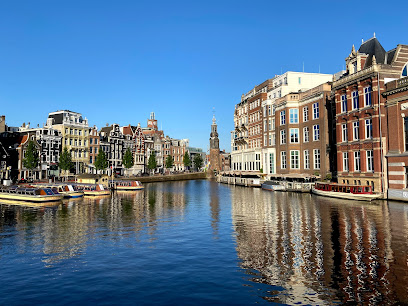
Royal Palace Amsterdam
Discover the Royal Palace Amsterdam, a magnificent historic site showcasing Dutch royal heritage through stunning architecture, art, and cultural events.
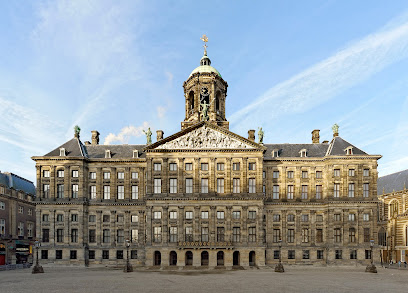
Heineken Experience
Explore the rich heritage and brewing magic of Heineken at the iconic Heineken Experience in Amsterdam.
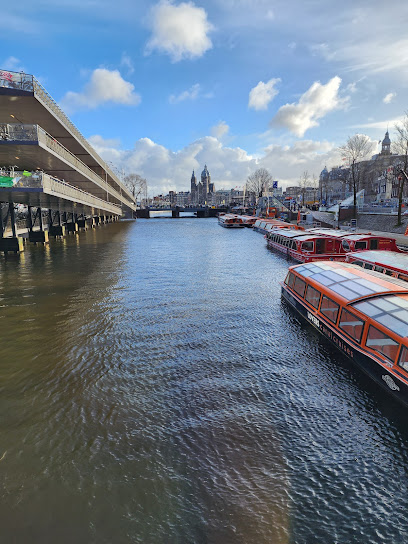
Sarphatipark
Experience the tranquility of Sarphatipark, a serene escape in Amsterdam-Zuid ideal for relaxation, picnics, and enjoying nature's beauty.
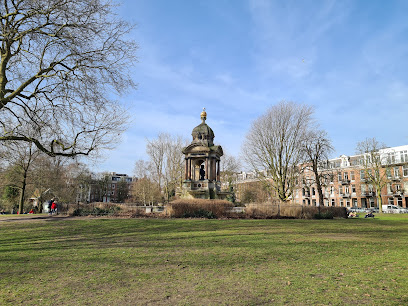
National Monument
Discover the National Monument in Amsterdam: a symbol of remembrance and resilience in the heart of the city.
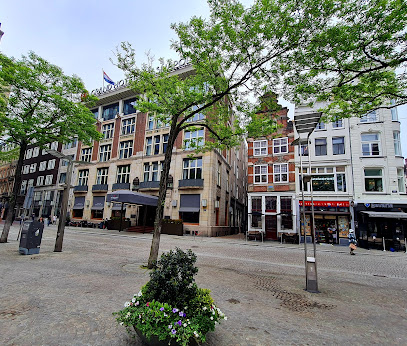
Amsterdam Pipe Museum
Explore the rich history and artistry of pipe-making at the Amsterdam Pipe Museum, a hidden gem in the heart of the Dutch capital.
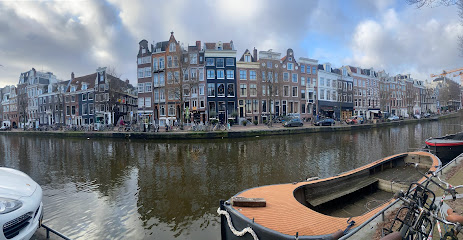
Andre Hazes monument
Explore the Andre Hazes monument in Amsterdam-Zuid, a vibrant tribute to the beloved Dutch singer that captures the essence of the nation's music culture.
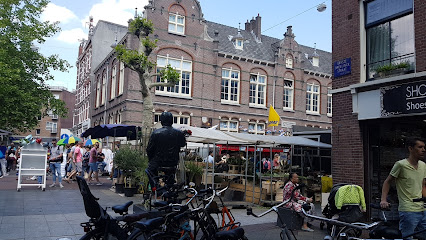
Houten Huis Oldest House
Discover the enchanting Houten Huis, Amsterdam's oldest house, nestled in the serene Begijnhof, a true historical gem in the heart of the city.

De Pijp
Experience the vibrant culture, culinary delights, and serene parks of De Pijp in Amsterdam, a must-visit neighborhood for every traveler.
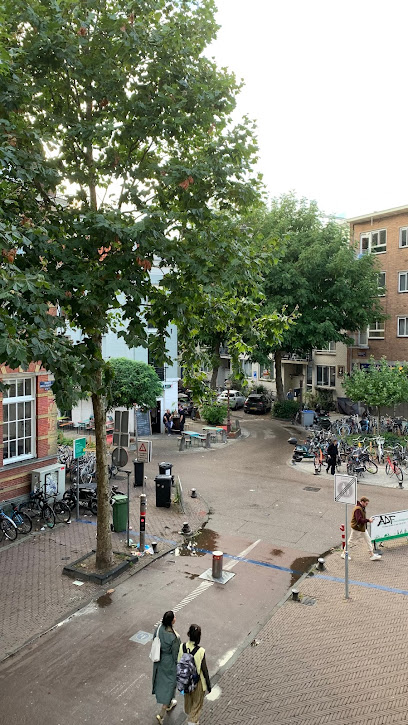
Huis met de Kabouters
Explore the whimsical Huis met de Kabouters, a historical landmark in Amsterdam celebrating Dutch folklore and magical tales through enchanting architecture.
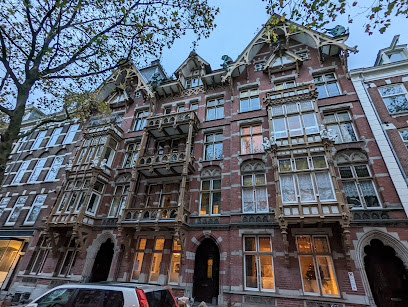
Oude Doelenstraat
Discover the historical beauty and vibrant culture of Oude Doelenstraat in Amsterdam, a must-visit destination for every traveler.
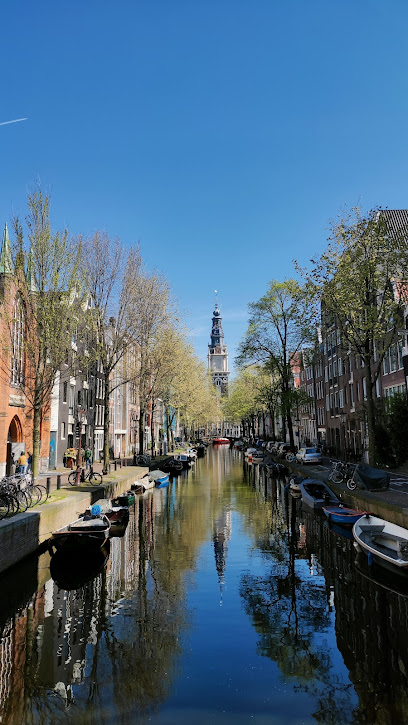
Maagd van Amsterdam
Discover the Maagd van Amsterdam, a stunning monument at Vondelpark's entrance, celebrating the city's rich cultural heritage and artistry.
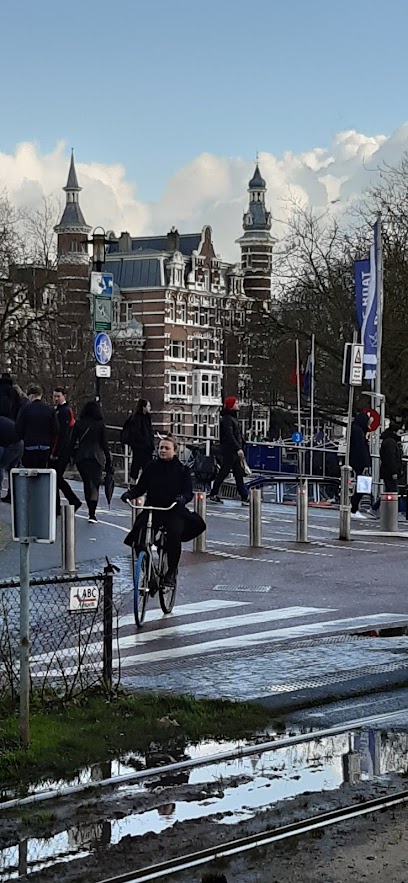
Green Pumping Station
Explore the serene Green Pumping Station in Amsterdam-Zuid, a community garden offering a peaceful escape and vibrant local flora.

The king's sloop
Explore the grandeur of The King's Sloop, a historical maritime museum in Amsterdam showcasing the rich naval heritage of the Netherlands.
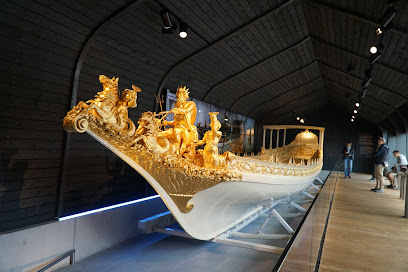
Unmissable attractions to see
Sarphatipark
Experience tranquility and natural beauty at Sarphatipark, a lush urban oasis in the heart of Amsterdam-Zuid, perfect for relaxation and exploration.
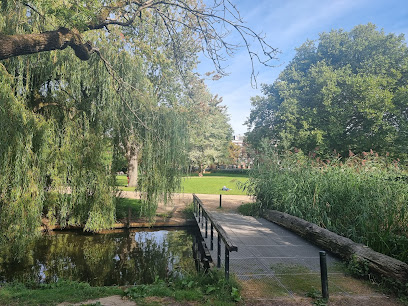
Huis met de Kabouters
Discover the enchanting Huis met de Kabouters in Amsterdam-Zuid, a whimsical historical landmark celebrating Dutch folklore and creativity.
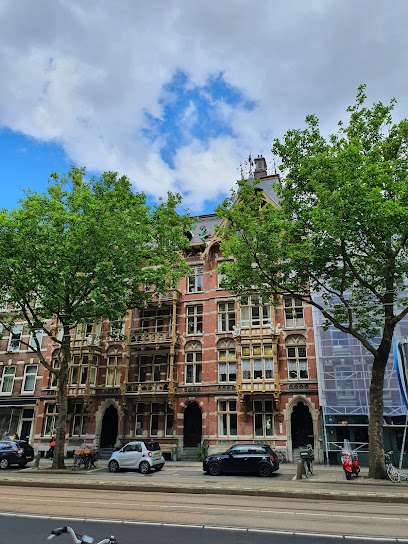
Essential places to dine
Little Collins De Pijp
Experience the vibrant flavors of Australia at Little Collins De Pijp – a top culinary destination in Amsterdam’s trendy De Pijp neighborhood.

Loetje
Indulge in delicious Dutch cuisine at Loetje in De Pijp – where every steak tells a story.
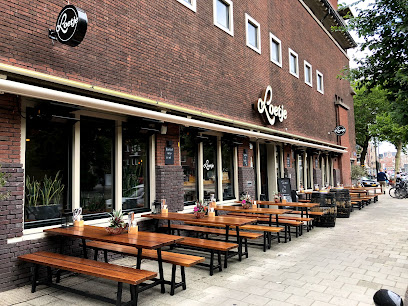
Mana Mana - De Pijp
Experience a unique blend of Mediterranean flavors at Mana Mana - De Pijp in Amsterdam's vibrant culinary scene.

Restaurant Zaza's
Discover the vibrant flavors of Amsterdam at Restaurant Zaza's, where culinary creativity meets warm hospitality.
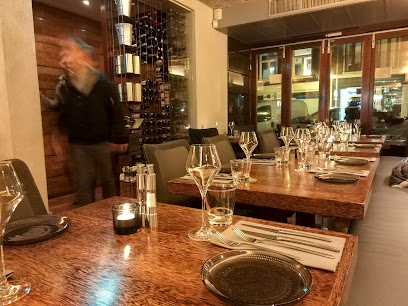
Orontes De Pijp Amsterdam - Mediterraans restaurant - Turks restaurant
Experience authentic Turkish cuisine in Amsterdam's vibrant De Pijp neighborhood at Orontes – where every meal is a celebration of Mediterranean flavors.
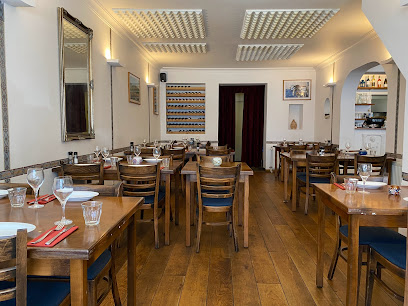
Brasserie SenT
Experience exquisite French and barbecue cuisine at Brasserie SenT in Amsterdam-Zuid – where every meal is a celebration of flavor.
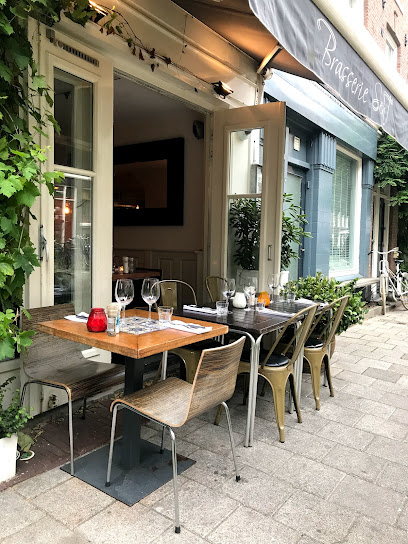
Brasserie Lolita
Experience authentic French cuisine at Brasserie Lolita in Amsterdam-Zuid, where culinary excellence meets Parisian charm.
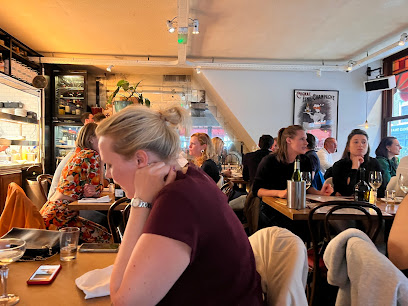
Renato's Osteria - De Pijp
Savor authentic Italian flavors in Amsterdam's lively De Pijp at Renato's Osteria – where every meal is a celebration.
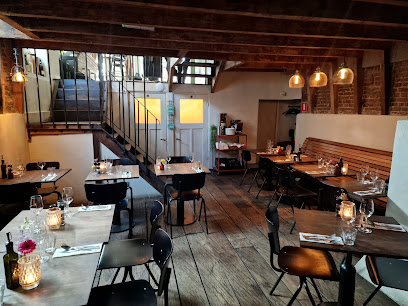
Restaurant JA
Experience culinary excellence at Restaurant JA in Amsterdam-Zuid, where Asian fusion meets Dutch tradition in a fine dining atmosphere.
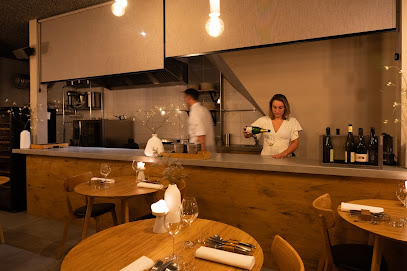
Restaurant Jaspers
Discover the exquisite flavors of Dutch cuisine at Restaurant Jaspers in Amsterdam-Zuid - a culinary haven for food lovers.
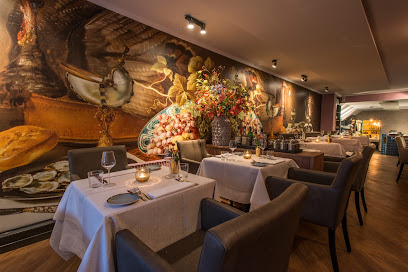
Markets, malls and hidden boutiques
Kiloshop de Pijp
Discover unique vintage clothing at Kiloshop de Pijp in Amsterdam's vibrant Pijp neighborhood, where sustainable fashion meets eclectic style.
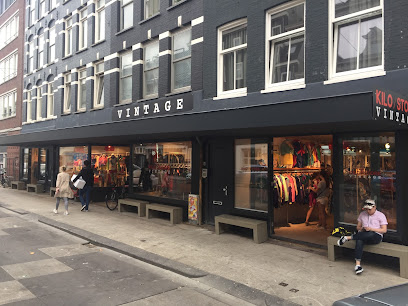
Penny Lane Vintage Boutique
Explore Penny Lane Vintage Boutique for a unique selection of timeless vintage clothing in Amsterdam's vibrant fashion scene.
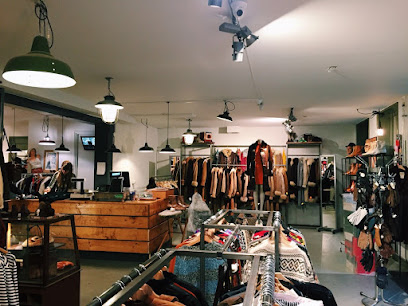
COTTONCAKE
Discover unique fashion and artistic flair at Cottoncake, a stylish boutique in Amsterdam-Zuid blending clothing, accessories, and art.

Melting Pot Amsterdam
Explore Melting Pot Amsterdam: Your go-to gift shop for unique home goods and souvenirs in the heart of the city.
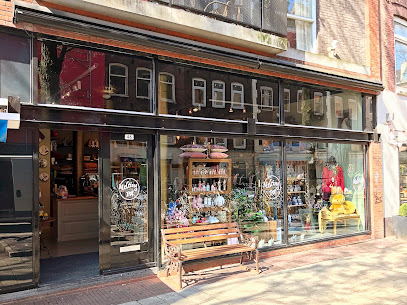
Noor Amsterdam
Explore Noor Amsterdam, a boutique haven in Amsterdam-Zuid offering unique fashion and lifestyle products that celebrate local craftsmanship.
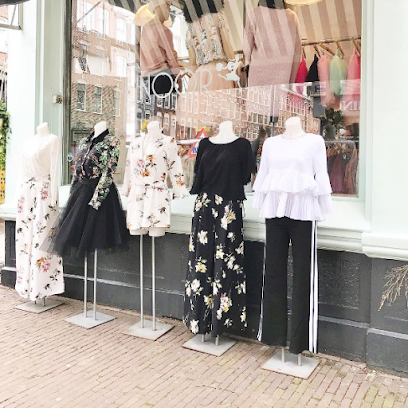
Circle of Trust
Discover the essence of Amsterdam's fashion scene at Circle of Trust, where style meets quality in a vibrant shopping atmosphere.
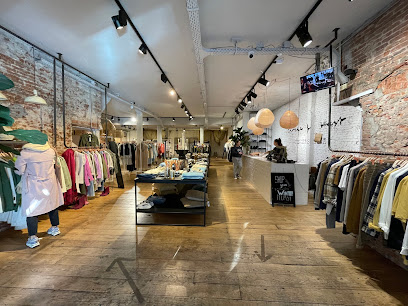
All the Luck in the World
Explore the eclectic charm of All the Luck in the World, a gift shop and jewelry store in Amsterdam-Zuid offering unique treasures at reasonable prices.

The Shop
Discover unique fashion at The Shop, a charming clothing store in Amsterdam's vibrant district, reflecting local style and sustainability.
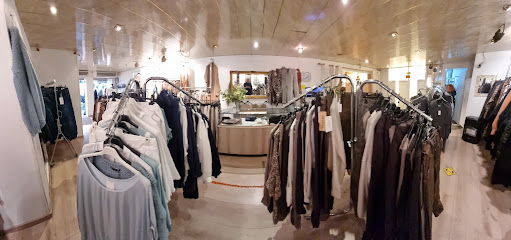
Brick Lane Amsterdam
Discover unique women's fashion at Brick Lane Amsterdam, where style meets charm in the heart of the city.

Boutique Amsterdam
Explore Boutique Amsterdam for exquisite handmade jewelry that reflects the city's artistic spirit and vibrant culture.
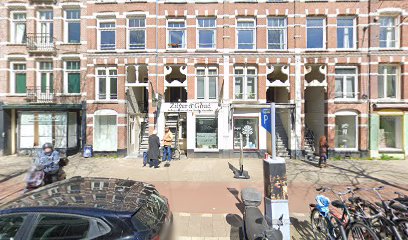
Essential bars & hidden hideouts
Café Gollem
Discover the charm of Café Gollem, a haven for beer lovers in Amsterdam-Zuid with an extensive craft beer selection and cozy ambiance.
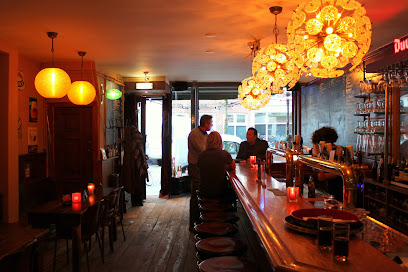
Bar Mokum
Discover the hidden charm of Bar Mokum, a speakeasy-style cocktail bar in Amsterdam offering artisanal drinks in a cozy atmosphere.
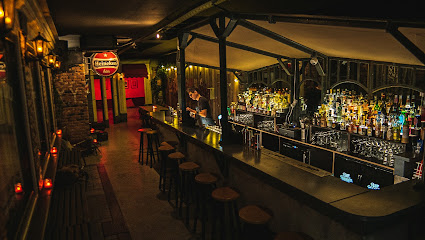
Bar Mash
Experience an exquisite blend of Thai cuisine and signature cocktails at Bar Mash in Amsterdam-Zuid.
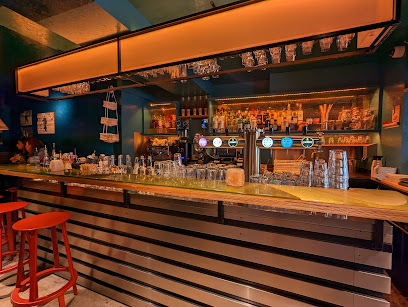
Café Eddy Bar
Discover the charm of Café Eddy Bar in Amsterdam-Zuid, where delectable drinks and a cozy atmosphere await every visitor.
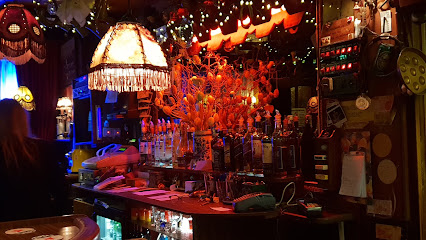
Tolbar
Discover the lively atmosphere of Tolbar, a quintessential Amsterdam bar offering a diverse drink selection and vibrant nightlife.
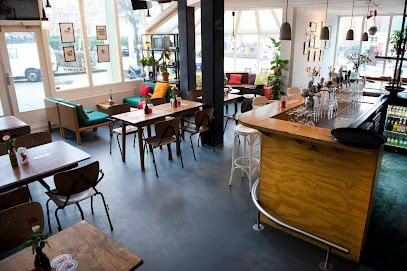
Cafe Buhrs
Experience the vibrant local culture at Cafe Buhrs, a charming bar in Amsterdam-Zuid offering a delightful selection of drinks in a cozy atmosphere.
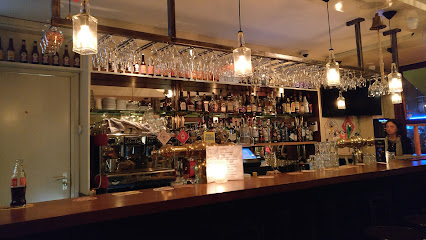
Bar Buka Amsterdam
Experience vibrant nightlife at Bar Buka, Amsterdam's lively bar offering unique cocktails, a cozy atmosphere, and a friendly crowd.
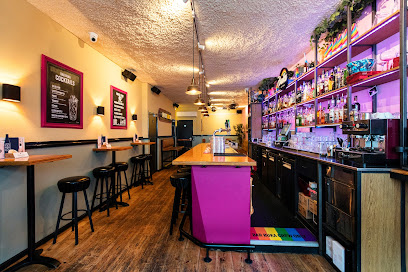
Armoury Bar
Discover the vibrant blend of cocktails and board games at Armoury Bar, a unique nightlife destination in Amsterdam-Zuid.
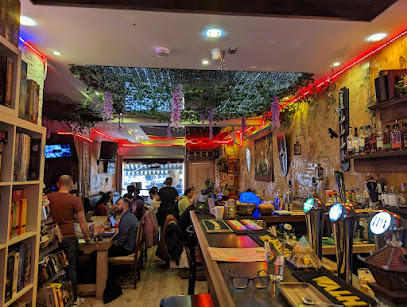
Twenty Third Bar
Experience the height of cocktail culture at the Twenty Third Bar in Amsterdam, where innovative drinks meet breathtaking city views.
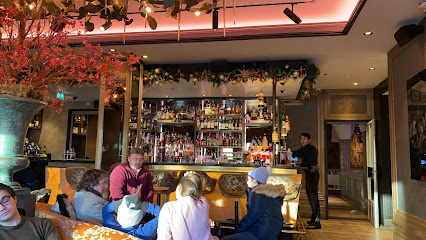
Hachi
Discover Hachi, Amsterdam's chic cocktail bar offering exquisite drinks and a vibrant atmosphere for an unforgettable night out in the city.
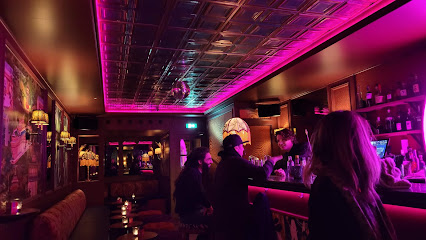
Local Phrases
-
- HelloHallo
[ha-loh] - GoodbyeTot ziens
[tot zeens] - YesJa
[ya] - NoNee
[nee] - Please/You're welcomeAlsjeblieft
[als-ye-bleeft] - Thank youDank je
[dank ye] - Excuse me/SorrySorry
[so-ree] - How are you?Hoe gaat het?
[hoo gaat het] - Fine. And you?Goed. En met jou?
[goot. en met yow] - Do you speak English?Spreek je Engels?
[sprake ye engels] - I don't understandIk begrijp het niet
[ik be-gryp het neet]
- HelloHallo
-
- I'd like to see the menu, pleaseIk wil graag de menukaart zien, alstublieft
[ik vil hrahg duh meh-noo-kart seen, al-stu-bleeft] - I don't eat meatIk eet geen vlees
[ik ayt khayn flays] - Cheers!Proost!
[prohst] - I would like to pay, pleaseIk wil graag betalen, alstublieft
[ik vil hrahg buh-ta-len, al-stu-bleeft]
- I'd like to see the menu, pleaseIk wil graag de menukaart zien, alstublieft
-
- Help!Help!
[help] - Go away!Ga weg!
[ga wekh] - Call the Police!Bel de politie!
[bel duh poh-lee-see] - Call a doctor!Bel een dokter!
[bel ayn dok-ter] - I'm lostIk ben verdwaald
[ik ben fur-dwahld] - I'm illIk ben ziek
[ik ben zik]
- Help!Help!
-
- I'd like to buy...Ik wil graag kopen...
[ik vil hrahg koh-pen] - I'm just lookingIk kijk alleen maar
[ik kayk al-leen mahr] - How much is it?Hoeveel kost het?
[hoo-veyl kost het] - That's too expensiveDat is te duur
[dat is tuh dur] - Can you lower the price?Kunt u de prijs verlagen?
[kunt u duh prays fur-lah-ghen]
- I'd like to buy...Ik wil graag kopen...
-
- What time is it?Hoe laat is het?
[hoo laht is het] - It's one o'clockHet is één uur
[het is ayn ur] - Half past (10)Half elf
[hahlf elf] - MorningOchtend
[ok-tend] - AfternoonMiddag
[mid-dahkh] - EveningAvond
[ah-vohnd] - YesterdayGisteren
[gis-tuh-run] - TodayVandaag
[fahn-dahkh] - TomorrowMorgen
[mor-khun] - 1Een
[ayn] - 2Twee
[tway] - 3Drie
[dree] - 4Vier
[veer] - 5Vijf
[vayf] - 6Zes
[zehs] - 7Zeven
[zay-ven] - 8Acht
[ahkht] - 9Negen
[nay-khen] - 10Tien
[teen]
- What time is it?Hoe laat is het?
-
- Where's a/the...?Waar is de...?
[vahr is duh] - What's the address?Wat is het adres?
[vat is het ah-dres] - Can you show me (on the map)?Kunt u mij laten zien (op de kaart)?
[kunt u may laht-n zeen (op duh kart)] - When's the next (bus)?Wanneer is de volgende (bus)?
[vahn-er is duh vol-gen-duh (bus)] - A ticket (to ....)Een kaartje (naar ....)
[ayn kahrt-yuh (nar)]
- Where's a/the...?Waar is de...?
History of De Pijp
-
De Pijp, originally a working-class neighborhood, was developed in the late 19th century to accommodate the growing population of Amsterdam. This expansion was part of a broader urbanization effort that followed the industrial revolution, which transformed Amsterdam from a primarily trading city into a bustling urban center.
-
Throughout the 20th century, De Pijp became known for its diverse population, with many immigrants settling in the area. This influx of different cultures enriched the local community, leading to the establishment of various ethnic shops, restaurants, and cultural centers. The presence of the famous Albert Cuyp Market, founded in 1905, exemplifies this cultural diversity, offering a wide array of international foods and goods.
-
In the early 20th century, the architectural movement known as the Amsterdam School had a significant impact on De Pijp. This style is characterized by its expressive brickwork, curved forms, and integration with the urban landscape. Many residential buildings in the neighborhood showcase this architectural style, reflecting the artistic ambitions of the era.
-
After World War II, De Pijp faced challenges such as urban decay and economic decline. However, the late 20th century saw a revival, as young professionals and artists began to move into the area, attracted by its vibrant culture and central location. This gentrification process has transformed De Pijp into one of Amsterdam's trendiest neighborhoods, while also raising concerns about the displacement of long-time residents.
-
Today, De Pijp is celebrated for its lively atmosphere, offering a blend of traditional and contemporary experiences. The neighborhood hosts a variety of cafes, bars, and boutiques, alongside historical sites such as the Sarphatipark and the former Heineken Brewery. This dynamic juxtaposition of old and new attracts both locals and tourists, making De Pijp a vibrant part of Amsterdam's cultural landscape.
De Pijp Essentials
-
De Pijp is easily accessible from other neighbourhoods in Amsterdam. If you're coming from Amsterdam Central Station, you can take tram line 12 or 24, which will take you directly to the heart of De Pijp. Alternatively, bus lines 15 and 62 also connect various parts of the city to De Pijp. For those arriving at Schiphol Airport, the train to Amsterdam Zuid station is a convenient option, followed by a short tram ride to the area.
-
De Pijp is a pedestrian-friendly neighbourhood, making it easy to explore on foot. Public transport options include trams (lines 3, 12, and 24) and buses. Bicycles are widely used in Amsterdam, and you can rent one from various local shops. Cycling is a popular way to navigate the area, but be mindful of bike lanes and traffic etiquette.
-
De Pijp is generally considered safe for tourists, but it is advisable to remain vigilant, especially in crowded areas. Crime rates are relatively low, but petty crimes like pickpocketing can occur in busy spots such as the Albert Cuyp Market. Avoid walking alone late at night in poorly lit areas, particularly around the edges of De Pijp.
-
In case of an emergency, dial 112 for police, fire, or medical assistance. The nearest hospital is the AMC (Amsterdam UMC) located nearby. It is recommended to have travel insurance that covers medical emergencies. Pharmacies are available throughout De Pijp for non-urgent health issues, and many staff speak English.
-
Fashion: Do wear comfortable shoes for walking, but avoid overly casual attire in upscale restaurants. Religion: Do respect local customs, especially near the nearby Sarphatipark, which hosts various community gatherings. Public Transport: Do validate your ticket before boarding. Don’t eat or drink on trams or buses. Greetings: Do greet people with a friendly 'hallo' or 'goedemorgen'. Don’t assume familiarity; maintain a polite distance. Eating & Drinking: Do try local specialties at cafes and eateries. Don’t engage in loud conversations or disruptive behavior in dining establishments.
-
To experience De Pijp like a local, visit the Albert Cuyp Market early in the morning to enjoy fresh produce and local delicacies. Explore the hidden gems such as the street art in the area and the small boutique shops. Join locals for a drink at one of the many terraces in Sarphatipark, especially during warm weather. Additionally, don’t miss the Heineken Experience for a unique insight into one of the Netherlands' famous beers.
Trending Landmarks in De Pijp
Nearby Cities to De Pijp
-
Things To Do in Haarlem
-
Things To Do in Utrecht
-
Things To Do in Leiden
-
Things To Do in Amersfoort
-
Things To Do in The Hague
-
Things To Do in Delft
-
Things To Do in Rotterdam
-
Things To Do in Arnhem
-
Things To Do in Zwolle
-
Things To Do in Nijmegen
-
Things To Do in Eindhoven
-
Things To Do in Antwerp
-
Things To Do in Groningen
-
Things To Do in Mechelen
-
Things To Do in Knokke-Heist











